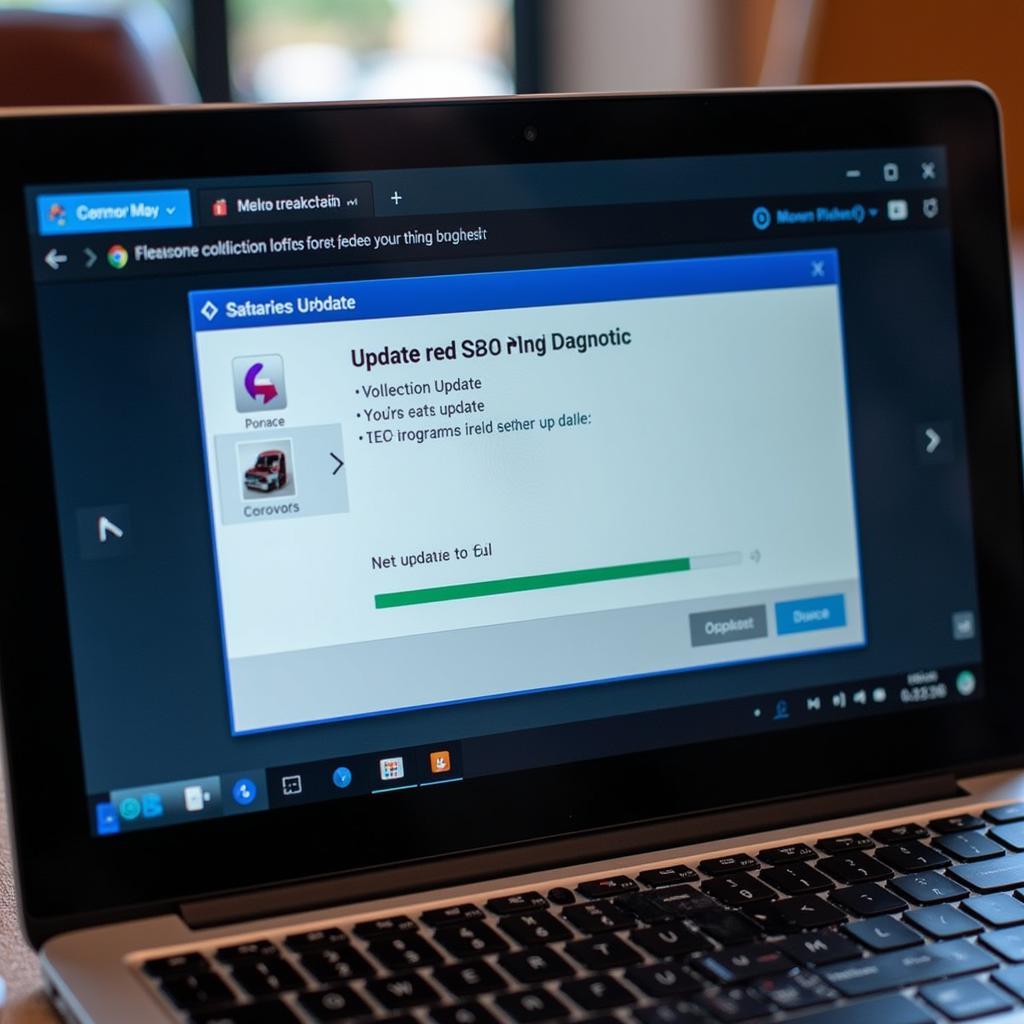So, you’ve plugged in your trusty OBD2 scanner, eager to decipher your car’s cryptic error codes, only to be met with… silence? Don’t worry, you’re not alone. The frustration of a car that refuses to speak to a diagnostic machine is a common one, and thankfully, usually has a straightforward explanation. Let’s delve into the most common culprits behind this communication breakdown and get you back on the road to a healthy, code-free vehicle.
Common Reasons Your Car Won’t Communicate and How to Fix Them
There are several reasons why your car’s computer and the diagnostic machine aren’t seeing eye-to-eye. Here are the usual suspects:
1. Faulty OBD2 Port or Connector
The OBD2 port is the gateway to your car’s inner workings. If it’s damaged or dirty, communication is impossible.
Troubleshooting:
- Visual Inspection: Check the port for bent or broken pins, debris, or corrosion. A can of compressed air can often dislodge dust and dirt.
- Connector Check: Examine the connector on your diagnostic machine for any damage. If you have another OBD2 device, try it to rule out a scanner problem.
 Inspecting the OBD2 Port
Inspecting the OBD2 Port
2. Blown Fuse
Your car’s OBD2 system, like most electrical components, is protected by a fuse. A blown fuse can cut off power to the port, making it unresponsive.
Troubleshooting:
- Locate the OBD2 Fuse: Consult your car’s owner’s manual to find the specific fuse for your OBD2 system.
- Visual Check: Carefully remove the fuse and inspect it. A blown fuse will have a broken wire inside.
- Fuse Replacement: If the fuse is blown, replace it with a new one of the same amperage rating.
 Checking a Car Fuse
Checking a Car Fuse
3. Dead Car Battery or Bad Alternator
Your car’s computer needs power to function, and a dead battery or faulty alternator can’t provide it. This lack of juice can prevent the OBD2 system from communicating.
Troubleshooting:
- Battery Test: Test your battery with a multimeter or have it checked at an auto parts store.
- Alternator Check: If the battery is charged, but the problem persists, have your alternator tested by a mechanic.
4. Software or Compatibility Issues
Sometimes, the issue isn’t mechanical but digital. An outdated scanner or software incompatibility can hinder communication.
Troubleshooting:
- Software Update: Check for any available software updates for your diagnostic machine.
- Compatibility Check: Ensure your scanner is compatible with your car’s make, model, and year.
 Updating Diagnostic Software on a Laptop
Updating Diagnostic Software on a Laptop
5. Wiring Problems
Corrosion, damage, or loose connections within the wiring harness connected to the OBD2 system can interrupt the flow of information.
Troubleshooting:
- Professional Inspection: This is best handled by a qualified mechanic who can thoroughly inspect the wiring harness for any issues.
“It’s crucial to remember that attempting DIY electrical work on your car can be dangerous. If you suspect a wiring issue, it’s always best to consult with a qualified mechanic.” – Mark Stevenson, Senior Automotive Technician
FAQs: Why Won’t My Car Diagnostic Port Work?
1. Can I drive my car if the OBD2 port isn’t working?
Yes, you can usually drive your car if the OBD2 port is not working. However, be aware that a malfunctioning port could be a symptom of a larger electrical problem.
2. Will disconnecting the battery reset the OBD2 system?
Disconnecting the battery might temporarily clear error codes, but it won’t fix the underlying issue preventing communication.
3. Is it safe to use a cheap OBD2 scanner?
While affordable scanners can be helpful, investing in a reputable brand ensures accuracy and compatibility.
Need More Help?
Are you still experiencing issues with your car diagnostic machine? Don’t hesitate to reach out! Our team of car diagnostic experts is here to help 24/7. Contact us via WhatsApp: +1(641)206-8880, Email: [email protected] for personalized assistance.

Leave a Reply